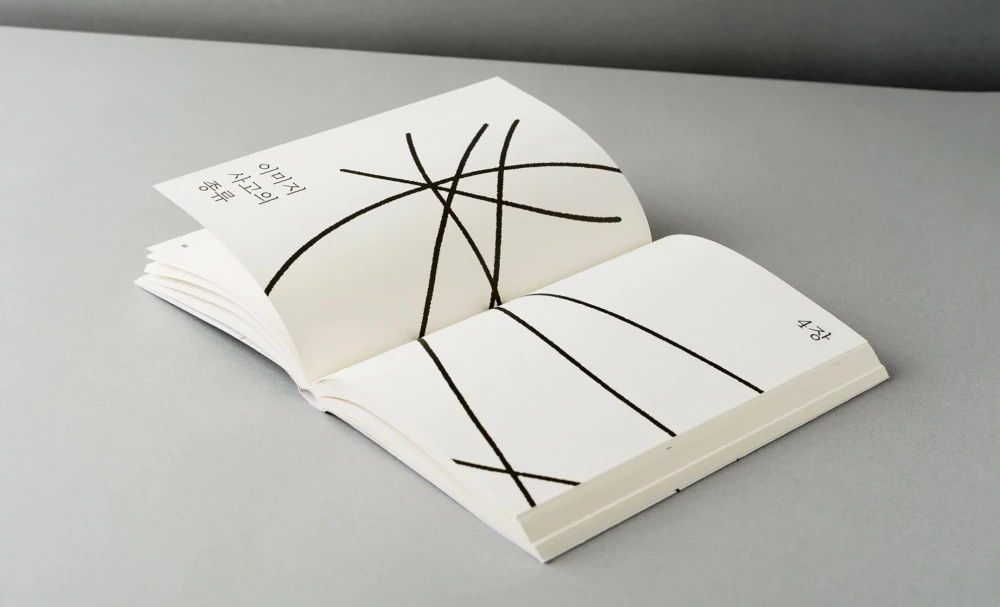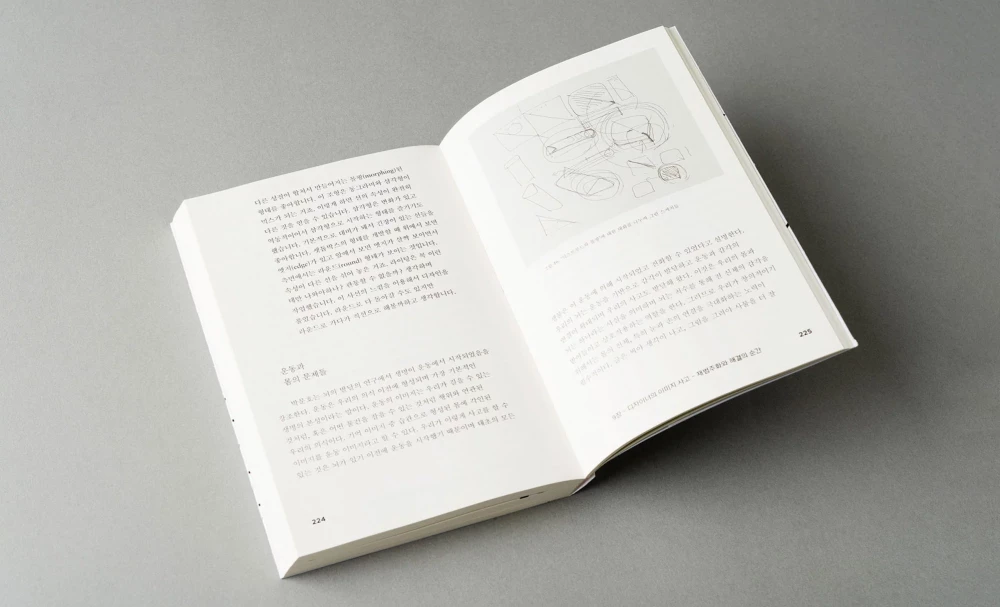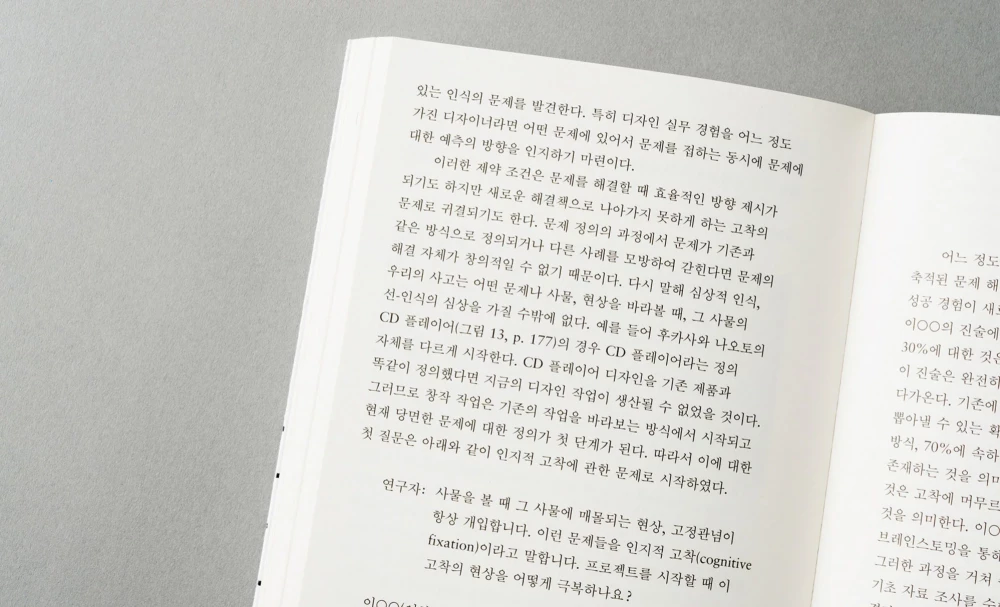'이미지로 생각한다는 것' 인터뷰
2017년 10월 1일
이미지를 통해 생각하는 창작자의 사고 과정을 인지심리학, 뇌과학, 철학적 관점에서 분석하고 창작자의 인터뷰 내용을 중심으로 창작 과정을 관찰하여 해석했다. 산업 디자이너 이석우를 비롯하여 7인의 그래픽디자인, 공예, 예술가 등의 창작 과정에 종사하는 10년 이상의 현업 경험을 가진 디자이너들로서 이들과의 대화를 통해 실제 창작 과정에 대한 비밀을 들여다보면서 이미지를 통해 생각하는 창의적 작업 과정을 대화를 통해 풀어냈다.
김: 어쩌면 인간은 무엇을 보는 것만으로 혹은 이해하고 나면 고착이 생기는 것일지 모르겠습니다. 선입관이기도 하고 고정관념이라고 할 수 있겠습니다. 이걸 깨는 것은 항상 어려워 보입니다.
이: 처음 하는 시도라면 시행착오를 할 수 밖에 없습니다. 하지만 시행착오 그 자체가 사실 더 많은 가능성을 열어놓는 일이기도 하죠. 예를 들어 제품 디자이너가 공간 디자인을 한다고 하면 스케일감이 없기 때문에 다른 작업이 나오죠. 고착은 인간이 편한 것을 더 원하기 때문에 가봤던 길은 더 적은 노력으로 갈 수 있는 길을 가고 싶어 하는 자연스런 현상입니다. 그렇지 않고 보장되지 않은 길을 가려면 있어야 하겠죠.
김: 반복되는 질문이긴 한데, 그 전체를 보는 것이 고정되기가 쉬워보여요. 어쩌면 누구나 그 고정관념을 벗어날 수 있는 것은 아닌 것 같습니다. 이런 것은 특별한 것일까요? 아니면 노력일까요?
이 : 특별한 능력은 아닌 것 같습니다. 보기보다 지구력으로 일을 합니다. 창의성이 어디서 나오는가라고 한다면 가능성을 집요하게 잡고 뭐가 더 있지 않을까 질문하고 채찍질하고 재밌는게 있지 않을까 생각합니다. 미꾸라지가 막힌 길을 뚫고 나가려고 하는 것 같은 노력입니다. 가끔 아이디어가 터져 나올 때도 있지만 기본적으로는 집요함입니다. 그래서 우리 스튜디오가 프로세스가 길죠. 리서치나 스케치가 양적으로 엄청나게 많습니다. 다른 회사에서 100장을 한다면 우리는 200장, 1000장을 그립니다. 안나올 수가 없도록 하죠. 새로운 해결책을 찾기 위한 집요함은 가장 중요합니다.
김: 저는 그래서 창의성은 이미지의 모호성이라고 생각하거든요. 사실 우리가 가진 이미지가 굉장히 모호합니다. 정확히 기억하는 것 같지만 그렇지 않죠. 그런데 그 모호성 때문에 창의성이 발현됩니다. 범주의 모호성이 공통적인 요소를 보이게 하는거죠. 범주를 넘나드는 사람이 창의적일 것이라고 생각해요.
이 : 기억 속의 이미지가 구체적인 것은 아니고 그 상황에 대해 생각하는 것이 아닐까요? 구체적인 생각을 잠시 끄고 이미지와 함께 기억으로 남아 있는 거죠. <응급키트>를 얘기할 때, 시계의 빈 공간에 무엇을 넣을 수 있을 것 같다고 기억을 하고 있는 거죠. 다른 문제가 터지면 그걸 대입할 수 있겠죠. 그것 때문에 다른 사람이 볼 수 없는 생각하지 못한 것을 할 수 있는 거죠. 그런 작업이 진행이 된 후에 여러 조건에서 맞춰보는 작업을 집요하게 하는 거죠.


